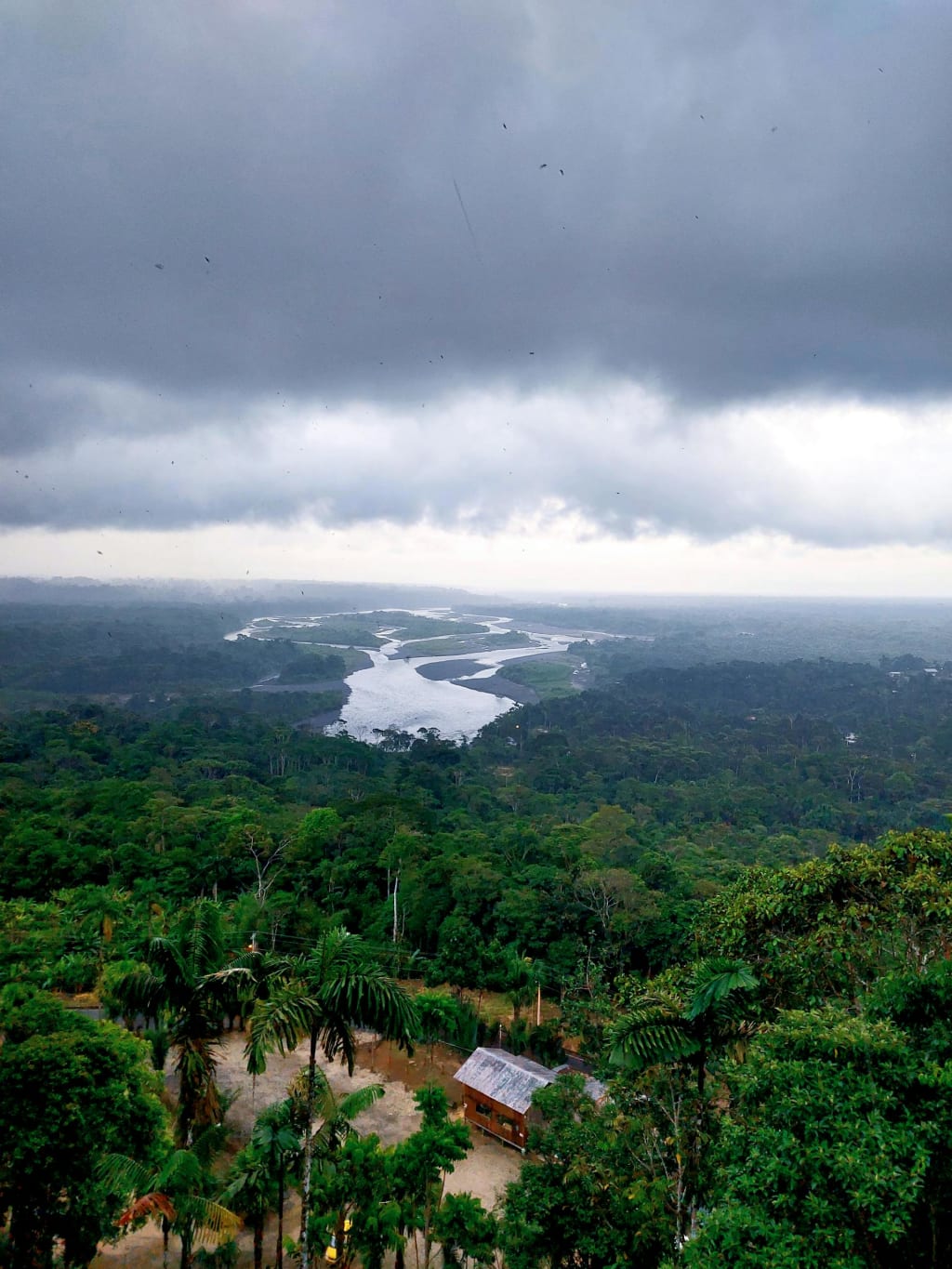Fascinating Facts About the Amazon Rainforest You Didn't Know.
Discover the hidden wonders of the Amazon Rainforest with these intriguing facts that will leave you amazed.

The Biodiversity Hotspot.
The Amazon Rainforest is known as a biodiversity hotspot, meaning it is one of the most biologically diverse areas on the planet.
It is home to approximately 10% of all known species, making it a treasure trove of unique flora and fauna.
The rainforest is teeming with life, from colorful birds and exotic insects to elusive mammals and reptiles.
Exploring the Amazon Rainforest is like stepping into a living laboratory of nature's wonders.
The Indigenous Communities.
The Amazon Rainforest is also home to numerous indigenous communities that have lived in harmony with the forest for centuries.
These communities have a deep understanding of the rainforest and its resources, utilizing sustainable practices to meet their needs.
They have a rich cultural heritage and traditional knowledge that has been passed down through generations.
Visiting these communities offers a unique opportunity to learn about their way of life and gain a greater appreciation for the interconnectedness of humans and nature.
The Medicinal Plants.
The Amazon Rainforest is a treasure trove of medicinal plants, many of which are used in traditional medicine.
The knowledge of these plants and their healing properties has been passed down through generations of indigenous communities.
From the powerful anti-inflammatory properties of the acai berry to the pain-relieving effects of the copaiba tree, the rainforest holds the key to many natural remedies.
Scientists continue to discover new plant species and their potential medicinal uses, highlighting the importance of preserving the rainforest for future generations.
The Threats to the Rainforest.
The Amazon Rainforest faces numerous threats, including deforestation, illegal logging, mining, and climate change.
These activities not only destroy the habitat of countless species but also contribute to greenhouse gas emissions and global warming.
Deforestation for agriculture, particularly for cattle ranching and soybean production, is one of the biggest drivers of rainforest destruction.
Efforts to combat these threats include sustainable land management practices, stricter regulations, and international conservation initiatives.
The Importance of Conservation.
Conserving the Amazon Rainforest is of utmost importance for the well-being of our planet.
The rainforest plays a vital role in regulating the Earth's climate, acting as a carbon sink and helping to mitigate climate change.
It also provides essential ecosystem services, such as water purification, nutrient cycling, and flood control.
Furthermore, the Amazon Rainforest is a source of inspiration and wonder, captivating people from all walks of life and reminding us of the beauty and complexity of nature.
Exploring the Threats to Amazon Biodiversity.
Despite its remarkable biodiversity, the Amazon rainforest is facing numerous threats that put its delicate ecosystem at risk. One of the biggest challenges is deforestation, primarily driven by agricultural expansion and illegal logging.
Deforestation not only destroys the habitat of countless plant and animal species but also contributes to climate change. The Amazon rainforest is often referred to as the 'lungs of the Earth' due to its role in absorbing carbon dioxide and producing oxygen. Losing this vital ecosystem could have far-reaching consequences for the planet.
Other threats to Amazon biodiversity include habitat fragmentation, climate change, and the illegal wildlife trade. It is crucial to address these issues and work towards sustainable solutions to protect the rich biodiversity of the Amazon.
Conservation Efforts to Safeguard the Amazon's Rich Biodiversity.
Recognizing the importance of the Amazon rainforest, there are various conservation efforts in place to safeguard its rich biodiversity. Local and international organizations are working together to protect and restore critical habitats, promote sustainable land use practices, and empower local communities.
One example of a successful conservation initiative is the establishment of protected areas in the Amazon. These designated regions help preserve the unique ecosystems and provide a safe haven for endangered species. Additionally, sustainable ecotourism initiatives are being developed to raise awareness and generate income for local communities, creating incentives for conservation.
Education and research are also key components of conservation efforts in the Amazon. By increasing our understanding of the rainforest's biodiversity and the threats it faces, we can develop effective strategies to protect this invaluable ecosystem for future generations.
About the Creator
Enjoyed the story? Support the Creator.
Subscribe for free to receive all their stories in your feed. You could also pledge your support or give them a one-off tip, letting them know you appreciate their work.






Comments
There are no comments for this story
Be the first to respond and start the conversation.